632: 2019 Predictions (and 2018 Look-Back)
12-31-2018
 2019 Predictions (and 2018 Predictions Look-back)
2019 Predictions (and 2018 Predictions Look-back)
PropertyInvesting.net team
2019 Predictions (and 2018 look-back)
More objective guidance and insights for property investors. Our aim is to help you improve your investment returns, flag key risk areas and stimulate strategic thought so you can position your portfolio to maximize gains, for the thousands of daily visitors to the website and the thousands of people signed up to your Newsletter. This Newsletter describes our 2019 Predictions and takes a Look-back Review of our 2018 Predictions for good order.
We start with our view on 2019 property prices in the UK followed by economic criteria. Weve been performing this analysis for the last ten years now. All our previous predictions can be reviewed on the website in our Special Reports section, so you can judge for yourself how accurate we have been.
602: 2018 Predictions (and 2017 look-back)
589: 2017 Predictions (and 2016 look-back)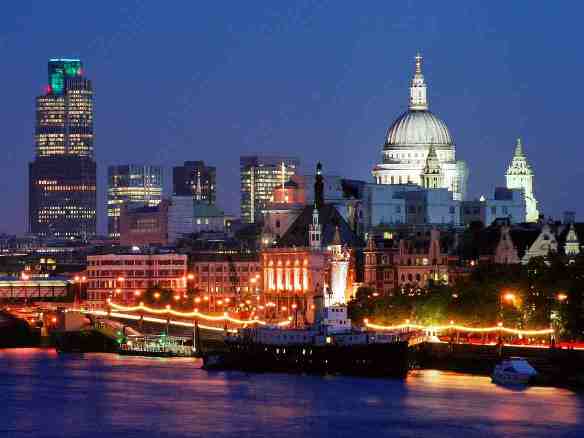
557: 2016 Prediction (and 2015 look-back)
553: 2015 Prediction (and 2014 look-back)
496: 2014 Prediction (and 2013 look-back)
456: 2013 Prediction (and 2012 look-back)
409: 2012 Prediction (and 2011 look-back)
356: 2011 Prediction (and 2010 look-back)
301 2010 Prediction (and 2009 look-back)
245 2009 Prediction (and 2008 look-back)
179 2008 House Price Predictions Global
102 Property Price and Economic Predictions for 2007
For 2018, there will be a number of criteria that will pull property prices one way or the other, which we outline below:
Positive Criteria for Property Prices in 2019
· Lack of house building, particularly due to Brexit making builders more risk averse and raising building costs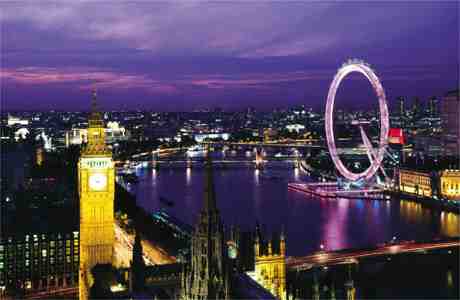
· Elizabeth Line (Crossrail 1) to open in London starting Aug 2019 less talk of Crossrail 2 due to Crosrail 1 cost-time overruns
· Fairly robust rental market due to buy-to-let property shortages particularly in London and southern England though lower net migration keeping lead on demand
· London likely to continue to boom with expanding population and inward migration despite the Brexit doom-mongers and Crossrail opening
· Booming UK population, birth rate and immigration with subdued emigration and subdued GDP growth
· Continuing wealthy global citizens escaping economic problems in 2019 - this is likely to be from Saudi-Iran (proxy wars), Africa (unstable countries/corruption), Venezuela (economies tanking), mainland Europe (escaping poor jobs prospects), Russia (flight to safe haven) and China (fear of government asset seizures, super-rich hedging)
Negative Criteria for Property Prices in 2018
· Continuing fears of a Labour government in view of an unstable Tory minority government struggling to negotiate a good Brexit outcome fear of draconian new socialist government further targeting property and buy-to-let landlords (populist blaming for Labour/Tory induced housing crisis)
· Fears of either a nuclear war with North Korea or World Wars concerns about Saudi-Iran regional proxy wars and Russia (possible further Ukraine invasion)
· Dropping oil prices end 2018 feed through to lower UK inflation by March 2019 starts year 2.35 and dropped to 1.8% by Oct 2019 no interest rates hikes needed to control this inflation
· Rental demand remains fairly robust in view of continued high net migration levels of ~260,000 in 2019 (down from 350,000 early 2017)
· Mortgages remains fairly accessible though price-wages still very high in southern England
· No further interest rates rises required to defend the weakened Sterling and mitigate against inflationary pressures
· Global economic slowdown
· Reduced trade with Europe due to continued Brexit fears and trade uncertainties post March 2019
· High levels of debt spending in western countries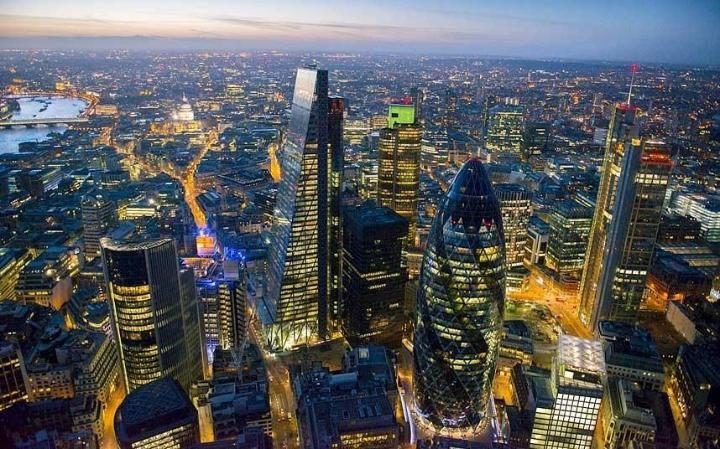
· Continued effects of Tory punitive taxation of buy-to-let exacerbating the housing crisis leading to higher rents and shortage of investment in housing
· Continued public sector jobs losses particularly in areas exposed to these jobs - such as rural areas and northern/western areas in Britain
· High levels of deposits required even with "help-to-buy" measures increases in deposits for buy-to-let are likely after the draconian new buy-to-let tax measures announced 2015-2016
· Difficulty getting mortgages for the average person even with "help-to-buy" measures
· Lending to salary multiples offered by banks not keeping pace with rising house prices
· Reducing threat of terrorism in the UK (as ISIS defeated)
Overall, we believe the negative factors slightly outweigh the positive factors hence this points to stagnant or even slightly declining house prices. The twin threats of a Labour government and Brexit turmoil will definitely put a dampener on property demand and lead to lower building levels feeding through to further supply shortage in the coming years. The chance of the Tory minority government collapsing and Labour getting into power in the next two years is probably around 50% - quite high.
The house price ripple effect will continue to fan out from London continuing to move through places like Leicester/Derby, Birmingham, Manchester, Leeds to places like Liverpool, Newcastle, West Cornwall and Cumbria. The largest house price increase are likely to be in areas 130-250 miles from London, with housing shortages in East England driving prices up. Further healthy increases in house prices are expected in Londons lower priced suburbs like Ilford, Dagenham, Milton Keynes, Hatfield and Essex and north-eastern Kent - catching up with the rest of London. Some areas like Acton, Abbey Wood, Forest Gate, Ealing and Paddington will further benefit from the opening of the Elizabeth Line (Crossrail 1). Areas with strong business growth such as Slough, Reading, Maidenhead, Shoreditch-Whitechapel will also see prices robustly rising.
2019 Predictions
Property Price Predictions
1. London 0% (West London +2%)
2. SE England 0%
3. East Anglia +1%
4. Scotland +1%
5. SW England +1%
6. NW England +2%
7. Midlands +3% (East Midlands +4%)
8. Wales +3% 
9. North England/NE +1%
10. Northern Ireland -1%
11. Yorkshire +3%
Note: Published CPI and RPI inflation will start year at 2.3% and drop to 1.8% by end 2019 as the effects of the oil price feed through (though real inflation will be more like 3%).
Rents
Rent rises will be in line with inflation rental property shortages will be counteracted by a reduction in net migration to levels of around 200,000 by end 2018 (down from 360,000 mid 2016). Draconian tax increases on buy-to-let landlords will also causes a tightening of the rental market particularly in London and SE England.
Other criteria
· US Dollar to the UK $1.27 / £1 Dollar increases slightly against Sterling
· UK £ to the Euro £1 / 0.88 Euro Sterling slightly recovering from lows late Nov 2017
· Oil price will fluctuate in band $48/bbl to $63 (Brent) in 2019 as OPEC cutbacks not enough to offset increase in oil production from US Shale Oil.
· UK Gas remains firm at price 46p/therm 
· UK Interest Rates no interest rate changes reducing inflationary pressures mean rate remain low
· FTSE100 index stays same to 6700 by end 2019
· UK Inflation CPI starts year rising from 2.3% end 2018 drops to 1.8% by Oct 2019 as Brexit uncertainties keep a lid on investment-growth and consumer spending
· UK GDP stays around 1.5% - continuing the existing trend driven by population increases and suppressed by Brexit uncertainties
· Tensions between Saudi Arabia and Iran stay high (with continued proxy war in Yemen). Russia possible invasion of eastern Ukraine. Nuclear arms race gathers momentum. Hotspots being US-North Korea, US-China (South China Sea), US-Iran, Israel-Palestine.
· Euro interest rates stay the same in 2019.
· US Interest rates increase a further 0.5% in 2019.
· UK unemployment stays low and stable at around 4% stable
· Wage inflation ~2.2% throughout 2017 in both private and publi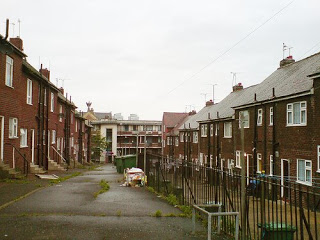 c sectors around the same as general CPI inflation of 2.3% to 1.8%
c sectors around the same as general CPI inflation of 2.3% to 1.8%
· GDP growth London 2.0%, North 1.0%, Midlands 1.5%, Scotland 1.0%. Wales 1.0% (overall 1.5% for 2019)
· GDP China 5%, GDP India 5.5%, GDP Africa 2%, Global GDP 2.3%, UK 1.5%, USA 4.2%, Euroland 2.2% - as a whole over 2019
· Gold stays around $1270/ounce level, silver stays at $17/ounce level
USA debt situation Lowering tax burden, higher US oil production and business friendly regulation will help lift GDP growth to around 4.2% - well above the trend of the last 10 years. This should lift the pressure on the US dollar and debt situation unless a big recession starts. Trumps spending spree on infra-structure and military will also help business. Unemployment continued to drop. Threat of war with China, Russia, North Korea and/or Iran however will stay high in 2019
Inflation Decreased due to lower oil prices end 2018 in the UK this will mean interest rates will likely no further rises.
Russia: The sanctions, only moderate oil oil prices and financial stresses continue  to give recessionary pressures. President Putin expands military efforts to boost/maintain popularity at home with military incursions in the Middle East. Eastern Ukraine (or Eastern Estonia) could be another target for subversive or outright territorial invasion. The real focus for 2019 is Russian backing for Syrian governmeht as the US pulls its troops out and Iran against a US backed Saudi Arabia.
to give recessionary pressures. President Putin expands military efforts to boost/maintain popularity at home with military incursions in the Middle East. Eastern Ukraine (or Eastern Estonia) could be another target for subversive or outright territorial invasion. The real focus for 2019 is Russian backing for Syrian governmeht as the US pulls its troops out and Iran against a US backed Saudi Arabia.
Middle East: House of Saud finances improve now oil prices have risen $52/bbl though budget does not balance until oil prices are around $90/bbl. Continued proxy war with Iran in places like Yemen, Iraq the ISIS threat or more or less defeated. Middle East and North Africa continue to be unstable with bad situations continuing in Libya.
China South China Sea: Further military spats and escalations continue over disputed islands with USA at the forefront along with Japan high risk of some sort of naval war between USA (Trump) and China over the islands.
The Trump Effect: Donald Trump will continue to be unpredictable. The USA'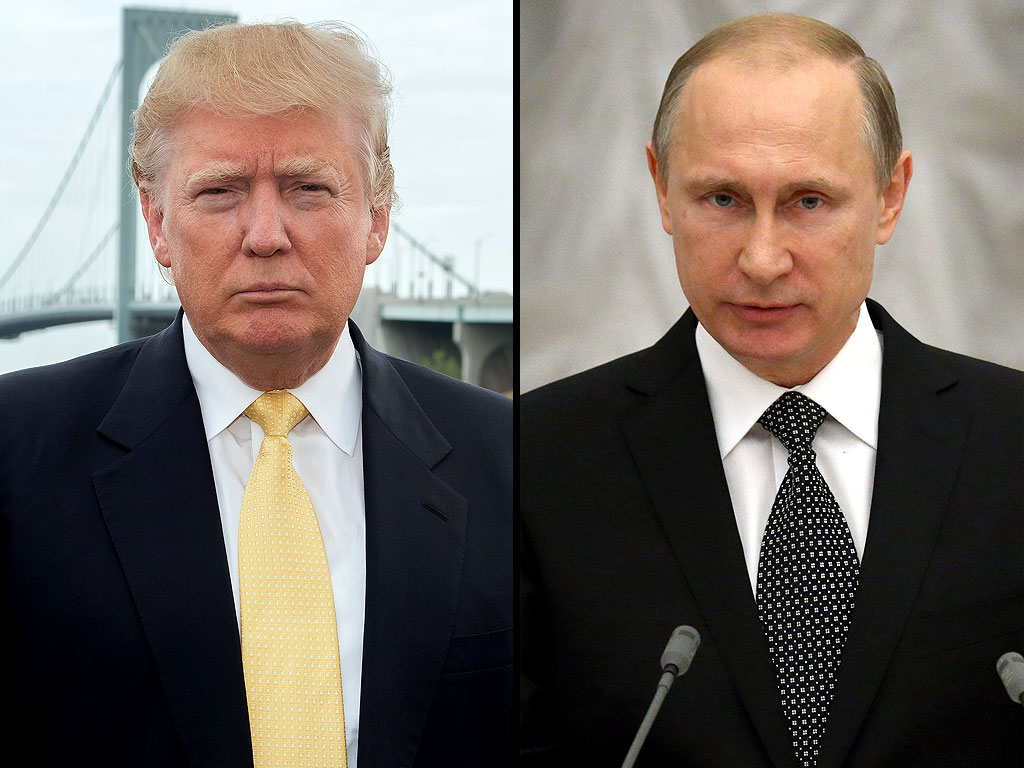 s relationship with China and Venezuela in particularly will deteriorate further as trade wars continue increasing tensions by April 2019 as deal deadline lapses. His relationship with Russia will also seem to deteriorate. Presidential running of the US via Twitter - soundbites with often dangerous rhetoric will continue. Gold-silver prices will probably stay flat. A nuclear arms race will continue to build momentum in 2019 with big increases in military spending in USA, China and Russia. Putin and Trump and their egos will spar with each other more regularly through 2018. Global casualties of Trump's policies are likely to be China and Venezuela, also Iran and possibly Cuba, North Korea and other socialist countries. Trump's policies will continue to inflame tensions in Israel and with the Palestinians. The Middle East is likely to feel threatened by Trump and his policies.
s relationship with China and Venezuela in particularly will deteriorate further as trade wars continue increasing tensions by April 2019 as deal deadline lapses. His relationship with Russia will also seem to deteriorate. Presidential running of the US via Twitter - soundbites with often dangerous rhetoric will continue. Gold-silver prices will probably stay flat. A nuclear arms race will continue to build momentum in 2019 with big increases in military spending in USA, China and Russia. Putin and Trump and their egos will spar with each other more regularly through 2018. Global casualties of Trump's policies are likely to be China and Venezuela, also Iran and possibly Cuba, North Korea and other socialist countries. Trump's policies will continue to inflame tensions in Israel and with the Palestinians. The Middle East is likely to feel threatened by Trump and his policies.
Note: Just like last years prediction, sometime in the next 6 months to 4 years we expect a real economic-financial crisis in western developed nations caused by the US bond market meltdown. At this time, gold and silver prices will go ballistic (silver from $17/oz to $400/oz and gold from $1300/ounce to about $6400/ounce). The Dow Jones may rise, but inflation adjusted real terms will decline still in an overall cyclical bear market.
UK Politics
Brexit negotiations will continue to dominate the news with continued perceived Tory disarray and big arguments on what Brexit means, and what the final trade agreements will look like. More bitterness from all sides as the country continues to be spilt on this key issue - Terresa May will continue to be pulled left, right and centre with continued levels of turbulence as the light starts to appear at the end of the tunnel by mid-20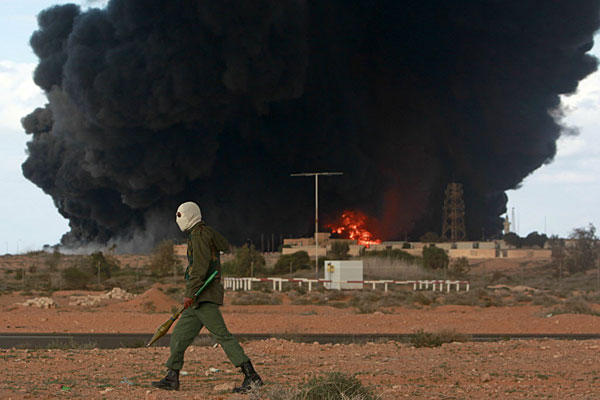 18. Labour will be waiting in the wings to seize power if/when the Tory part trip up.
18. Labour will be waiting in the wings to seize power if/when the Tory part trip up.
Lookback on 2018 Predictions
For 2018, there will be a number of criteria that will pull property prices one way or the other, which we outline below:
Positive Criteria for Property Prices in 2018
· Severe lack of house building, particularly due to Brexit making builders more risk averse and raising building costs yes, though shortage probably slightly less pronounced than expected
· Elizabeth Line (Crossrail 1) to open in London 2017-2019 possible Crossrail 2 - yes though opening was delayed about 10 months
· Fairly robust rental market due to buy-to-let property shortages particularly in London and southern England though lower net migration keeping lead on demand - correct
· London likely to continue to boom with expanding population and inward migration despite the Brexit doom-mongers and Crossrail opening - economy fairly strong-stable though slowing down with Brexit uncertainties kicking in
· Booming UK population, birth rate and immigration with subdued emigration yes inward migration continues at high rate with less EU national offset by more non-EU nationals
· Pent up demand from years of low market activity 2008-2012 people needing to move not much evidence for this in 2018
· Continuing flood of wealthy global citizens escaping economic pro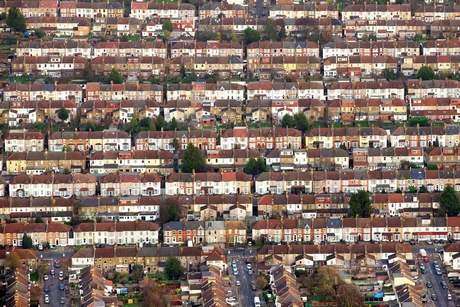 blems in 2018 - this is likely to be from Saudi-Iran (proxy wars), South Korea (North Korea threat), South Africa and Venezuela (economies tanking), mainland Europe (escaping poor jobs prospects) and China (fear of government asset seizures, super-rich hedging) - yes, though difficult to measure
blems in 2018 - this is likely to be from Saudi-Iran (proxy wars), South Korea (North Korea threat), South Africa and Venezuela (economies tanking), mainland Europe (escaping poor jobs prospects) and China (fear of government asset seizures, super-rich hedging) - yes, though difficult to measure
Negative Criteria for Property Prices in 2018
· Fears of a Labour government in view of an unstable Tory minority government struggling to negotiate a good Brexit outcome fear of draconian new socialist government further targeting property and buy-to-let landlords (populist blaming for Labour/Tory induced housing crisis) -correct
· Fears of either a nuclear war with North Korea or World Wars concerns about Saudi-Iran regional proxy wars - correct
· Rising oil prices continue to feed through into inflation and may lead to higher interest rates to control this inflation yes, though oil price slipped back for $78 to $52/bbl from Oct to end Dec 2018
· Weakening rental demand as levels of inward net migration drop from 360,000 May 2015 to 200,000 by end 2018 net migration continued at higher level of around 280,000 by end 2018
· Slightly less competitive and slightly less abundant mortgages
·
Further interest rates rises required to defend the weakened Sterling and mitigate against inflationary pressures· Global economic slowdown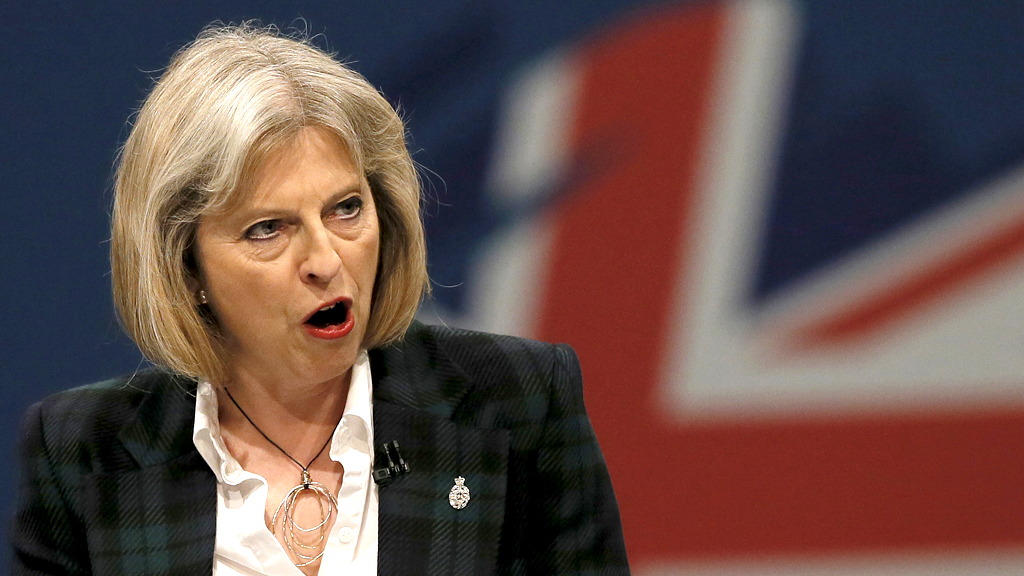
· Slightly reduced trade with Europe due to continued Brexit fears
· High levels of debt spending in western countries
· Continued effects of Tory punitive taxation of buy-to-let exacerbating the housing crisis leading to higher rents and shortage of investment in housing
· Continued public sector jobs losses particularly in areas exposed to these jobs - such as rural areas and northern/western areas in Britain
· High levels of deposits required even with "help-to-buy" measures increases in deposits for buy-to-let are likely after the draconian new buy-to-let tax measures announced 2015-2016
· Difficulty getting mortgages for the average person even with "help-to-buy" measures
· Lending to salary multiples offered by banks not keeping pace with rising house prices
· The threat of terrorism particularly in Greater London
· Lower oil prices and decline in North Sea gas/oil production continuing to effect Aberdeen and NE Scotland property market
Overall, we believe the negative factors slightly outweigh the positive factors hence this points to stagnant or even slightly declining house prices. The twin threats of a Labour governme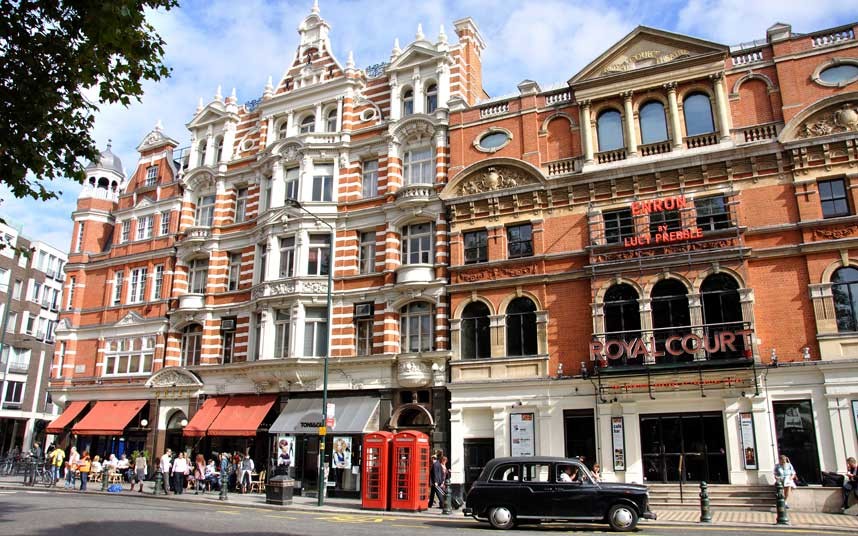 nt and Brexit turmoil will definitely put a dampener on property demand and lead to lower building levels feeding through to further supply shortage in the coming years. The chance of the Tory minority government collapsing and Labour getting into power in the next two years is probably around 35% - quite high.
nt and Brexit turmoil will definitely put a dampener on property demand and lead to lower building levels feeding through to further supply shortage in the coming years. The chance of the Tory minority government collapsing and Labour getting into power in the next two years is probably around 35% - quite high.
The house price ripple effect will continue to fan out from London moving through places like Leicester/Derby, Birmingham, Manchester, Leeds to places like Liverpool, Newcastle, West Cornwall and Cumbria. The largest house price increase are likely to be in areas 100-170 miles from London, with housing shortages in East England driving prices up. Further healthy increases in house prices are expected in Londons lower priced suburbs like Ilford, Dagenham, Milton Keynes, Hatfield and Essex and north-eastern Kent - catching up with the rest of London. Some areas like Acton, Abbey Wood, Forest Gate, Ealing and Paddington will further benefit from the opening of the Elizabeth Line (Crossrail 1). Areas with strong business growth such as Slough, Reading, Maidenhead, Shoreditch-Whitechapel will also see prices robustly rising.
2018 Predictions
Property Price Predictions
1. London +2% (West London +2%) Actual -1.1%
2. SE England +3% Actual -0.9%
3. East Anglia +2% Actual -0.7%
4. Scotland +2% Actual +1.1%
5. SW England +2% Actual +2%
6. NW England +3% Actual 3.1%
7. Midlands +3% (East Midlands +4%) Actual 5.1%
8. Wales +1% Actual 6.2%
9. North England +1% Actual -0.8%
10. Northern Ireland -2% - tbc
11. Yorkshire +3% Actual 4.8%
Note: Published CPI and RPI inflation will start year at 3% and rise to 4% by end 2018 as the effects of the oil price feed through (though real inflation will be more like 4.5%). Rose to 3.1% by Sept 2018 then dropped back to 2.3% - less than expected
Rents
Rent rises will be in line with inflation rental property shortages will be counteracted by a reduction in net migration to levels of around 200,000 by end 2018 (down from 360,000 mid 2016). Draconian tax increases on buy-to-let landlords will also causes a tightening of the rental market particularly in London and SE England. Broadly correct
Other criteria
· US Dollar to the UK $1.7 / £1 Dollar increases slightly against Sterling - closed 1.27
· UK £ to the Euro £1 / 0.9 Euro Sterling slightly recovering from lows late Nov 2017 - closed 0.87 close
· Oil price will drop from $63/bbl mid Dec 2017 to $50/bbl by mid 2018 before rallying to $70/bbl by end 2018 as a massive tightening and stocks draw commences mid 2018 from the dearth of new projects coming on stream. Close oil rallied to $78/bbl by Oct 2018 before dropping back to $53/bbl by end 2018
· UK Gas remains firm at price 43p/therm was 45p/therm
· UK Interest Rates two further interest rate increases of 0.25% forecast for 2018 bringing base rates to 1% by end 2018 as inflation hits 4%. Only one increase of 0.25%
· FTSE100 index rises to around 7700 by end 2018 as inflation takes hold - closed 6728 less than predicted
· UK Inflation CPI starts year rising from 3% end 2017 to 4% by end 2018 largely due to increases in oil price and Sterling value erosion (more expensive imports) rose to 3% by Oct 2018 then dropped to 2.3% by year end
· UK GDP stays around 2.0% - continuing the existing trend driven by population increases GDP 1.6% for the 12 months to end oct 2018
· Tensions between Saudi Arabia and Iran increase possible direct war between these two countries (could be triggered by a mistake). Yemen continues to be a major problem area. Possible new front by Putin created out of the blue - eastern Estonia (Russian border). US support for Israel Jerusalem continues to increase tensions between Israel and  its neighbours. North Korea and US continue to confront each other over North Korea's nuclear ambitions. Hotspots being US-North Korea, US-China (South China Sea), US-Iran, Israel-Palestine. Correct
its neighbours. North Korea and US continue to confront each other over North Korea's nuclear ambitions. Hotspots being US-North Korea, US-China (South China Sea), US-Iran, Israel-Palestine. Correct
· Euro interest rates possible rise by 0.25% sometime in 2018.
· US Interest rates increase one further 0,25% step in 2018.
· UK unemployment stays around 5% stable Correct
· Wage inflation ~2.2% throughout 2017 in both private and public sectors well below inflation at 3-4%
· GDP growth London 2.6%, North 2.0%, Midlands 2.0%, Scotland 1.2%. Wales 1.0% (overall 2.0% for 2018)
· GDP China 5%, GDP India 6.5%, GDP Africa 2%, Global GDP 2.2%, UK 2.0%, USA 3.6%, Euroland 2.5% - as a whole over 2018
· Gold stays around $1250/ounce level, silver stays at $16/ounce level
USA debt situation Lowering tax burden, higher US oil production and business friendly regulation will help lift GDP growth to around 3.8% - well above the trend of the last 10 years. This should lift the pressure on the US dollar and debt situation unless a big recession starts. Trumps spending spree on infra-structure and military will also help business. Unemployment is likely to drop. Threat of war with China, Russia, North Korea and/or Iran however will increase significantly in 2018 Correct
Inflation Increases due to higher oil prices in the UK this will mean interest rates will likely rise further. Despite increasing oil prices, inflation topped out at 3% Sept 201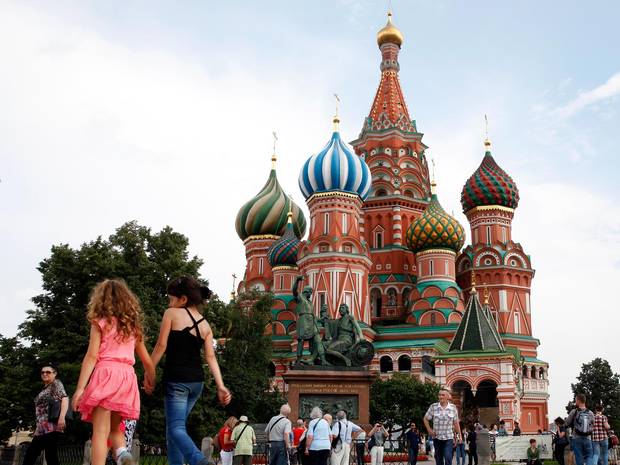 8 then dropped back to 2.3%
8 then dropped back to 2.3%
Russia: The sanctions, fairly low oil prices and financial stresses have led to recession and more pressure on President Putin who expands military efforts to boost/maintain popularity at home with military incursions in the Middle East. Eastern Estonia could be another target for subversive or outright territorial invasion. The real focus for 2018 is Russian backing or not of Iran against a US backed Saudi Arabia. Broadly correct
Middle East: House of Saud finances improve now oil prices have risen above $60/bbl though budget does not balance until oil prices are around $90/bbl. Continued proxy war with Iran in places like Yemen, Iraq the ISIS threat or more or less defeated. Middle East and North Africa continue to be unstable with bad situations continuing in Libya. Correct
China South China Sea: Further military spats and escalations continue over disputed islands with USA at the forefront along with Japan high risk of some sort of naval war between USA (Trump) and China over the islands. Tensions dropped by March 2018 though continue to be a potential flash point
The Trump Effect: Donald Trump will continue to become more and more unpredictable. The USA's relationship with China and Venezuela in particularly will deteriorate. His relationship with Russia will also seem to deteriorate. Presidential running of the US via Twitter - soundbites with often dangerous rhetoric will continue. Gold-silver prices will probably stay flat. A nuclear arms race will build momentum in 2018 with big increases in military spending in USA, China and Russia. Putin and Trump and their egos will spar with each other more regularly through 2018. Global casualties of Trump's policies are likely to be China and Venezuela, also Iran and possibly Cuba, North Korea and other socialist countries. Trump's policies will continue to inflame tensions in Israel and with the Palestinians. The Middle East is likely to feel threatened by Trump and his cohorts and policies. Correct
Note: Just like last years prediction, sometime in the next 6 months to 4 years we expect a real economic-financial crisis in western developed nations caused by the US bond market meltdown. At this time, gold and silver prices will go ballistic (silver from $17/oz to $400/oz and gold from $1300/ounce to about $6400/ounce). The Dow Jone.jpg) s may rise, but inflation adjusted real terms will decline still in an overall cyclical bear market.
s may rise, but inflation adjusted real terms will decline still in an overall cyclical bear market.
UK Politics
Brexit negotiations will continue to dominate the news with continued perceived Tory disarray and big arguments on what Brexit means, and what the final trade agreements will look like. More bitterness from all sides as the country continues to be spilt on this key issue - Terresa May will continue to be pulled left, right and centre with continued levels of turbulence as the light starts to appear at the end of the tunnel by mid-2018. Labour will be waiting in the wings to seize power if/when the Tory part trip up. Correct

